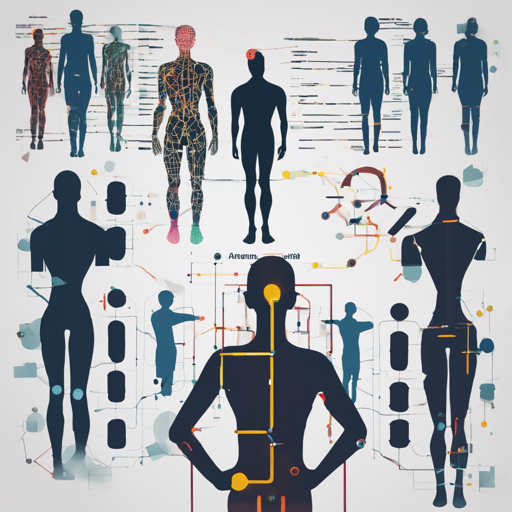Welcome to the exciting world of Body Part-Based Re-Identification (BPBReID) where advancements in artificial intelligence meet practical applications in person identification! This guide will help you dive into the robust framework based on the technique introduced in the paper titled Body Part-Based Representation Learning for Occluded Person Re-Identification by Vladimir Somers and his team.
What is BPBReID?
At its core, BPBReID leverages a part-based method to enhance the process of person re-identification by using body part feature representations. Imagine a puzzle of a person’s body where each piece represents a distinct feature. Unlike traditional global methods that view the whole picture, BPBReID pays attention to these individual pieces, leading to improved accuracy—even when parts of the ‘puzzle’ are occluded or hidden.
Table of Contents
- Introduction
- Installation
- Download Human Parsing Labels
- Generate Human Parsing Labels
- Download Pre-trained Models
- Inference
- Training
- Visualization Tools
- Other Works
- Questions and Suggestions
Installation
Before starting, ensure that you have conda installed. Then follow these steps:
# Clone the repository
git clone https://github.com/VlSomers/bpbreid
# Change directory to bpbreid
cd bpbreid
# Create conda environment
conda create --name bpbreid python=3.10
conda activate bpbreid
# Install dependencies
pip install -r requirements.txt
# Install PyTorch and torchvision, ensuring correct CUDA version
conda install pytorch torchvision cudatoolkit=9.0 -c pytorch
# Install torchreid
python setup.py developDownload Human Parsing Labels
You may need human parsing labels that were produced using specific pose estimation models. Download these from GDrive. Unzip and organize them under the appropriate dataset directory.
Generate Human Parsing Labels
If you’re working with your own dataset, run the command:
conda activate bpbreid
python scripts/get_labels --source [Dataset Path]Download the Pre-trained Models
For convenience, pre-trained models based on the HRNet-W32 backbone are available; download them from here.
Inference
You can test the pre-trained models using the commands provided in the repository. These models can be fine-tuned for various datasets by specifying the appropriate config file.
conda activate bpbreid
python scripts/main.py --config-file configs/bpbreid/bpbreid_target_dataset_test.yamlTraining
To train your models, ensure that the human parsing labels are in place, and execute:
conda activate bpbreid
python scripts/main.py --config-file configs/bpbreid/bpbreid_target_dataset_train.yamlVisualization Tools
The ranking visualization tool can provide insights into your results:
# To activate the ranking visualization:
test.visrank = TrueTroubleshooting
- If you encounter issues during installation, ensure that all packages are compatible and correctly installed.
- For configuration errors, double-check the paths in the YAML config files.
- If human parsing labels seem incorrect, regenerate them following the previous instructions.
For more insights, updates, or to collaborate on AI development projects, stay connected with fxis.ai.
At fxis.ai, we believe that such advancements are crucial for the future of AI, as they enable more comprehensive and effective solutions. Our team is continually exploring new methodologies to push the envelope in artificial intelligence, ensuring that our clients benefit from the latest technological innovations.
Conclusion
With this guide, you should be well-equipped to start exploring the capabilities of BPBReID for person re-identification tasks. If you have further questions or specific issues, don’t hesitate to reach out through the GitHub repository.

